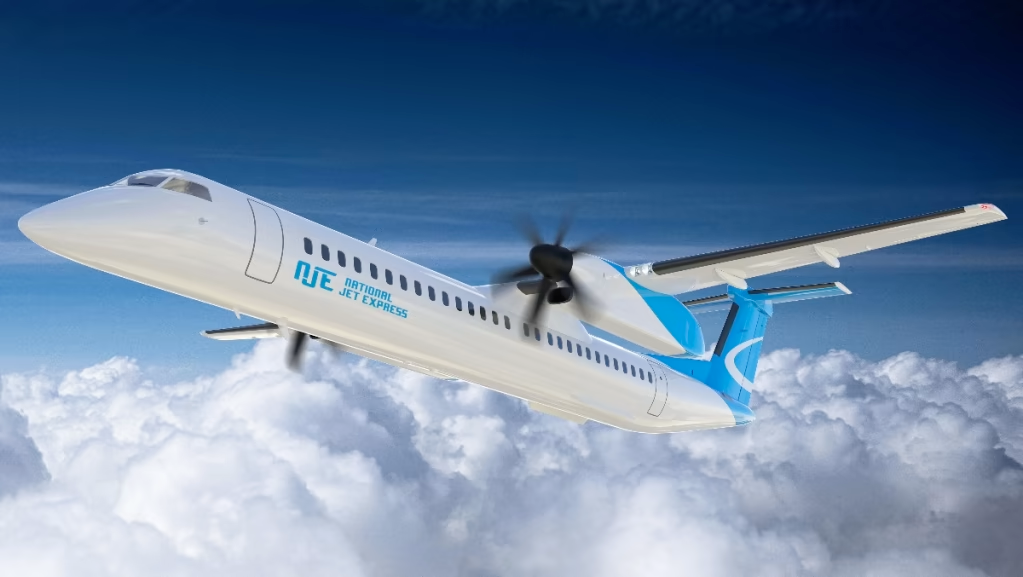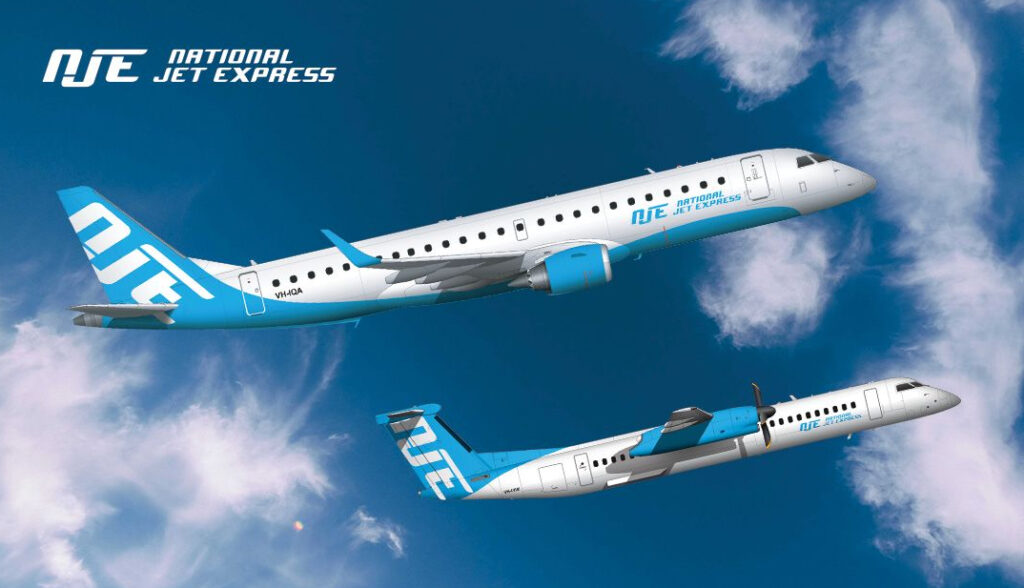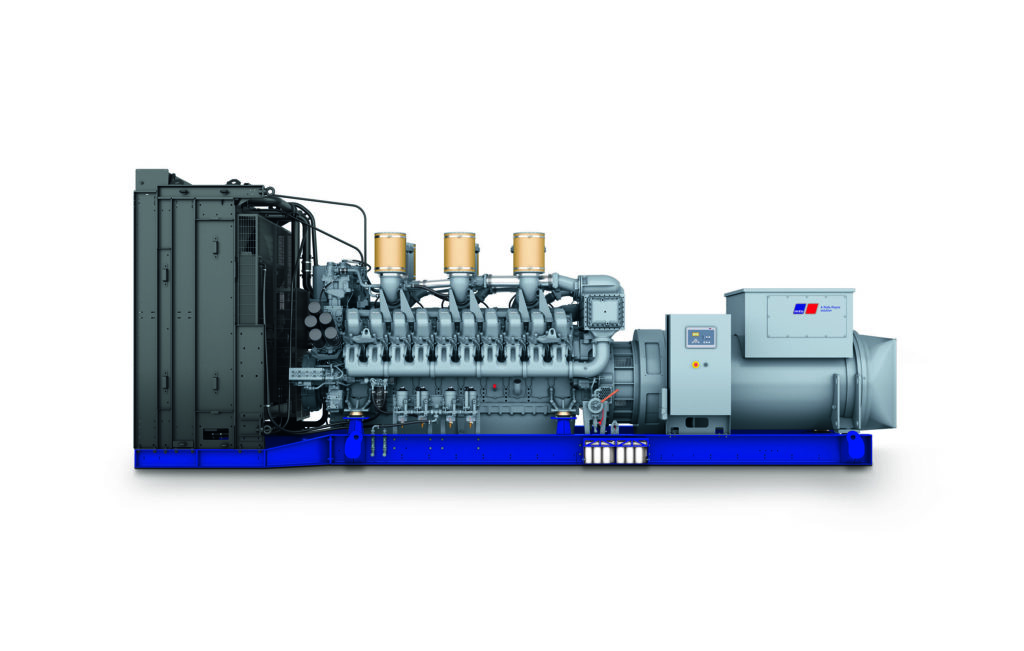Rex Group member to take delivery of 9th De Havilland Dash 8-400NG
National Jet Express (NJE), a member of the Rex Group, will shortly take delivery of another De Havilland Dash 8-400NG ‘Next Generation’, fitted with 82 seats. This will be the ninth Dash 8-400NG to join…


